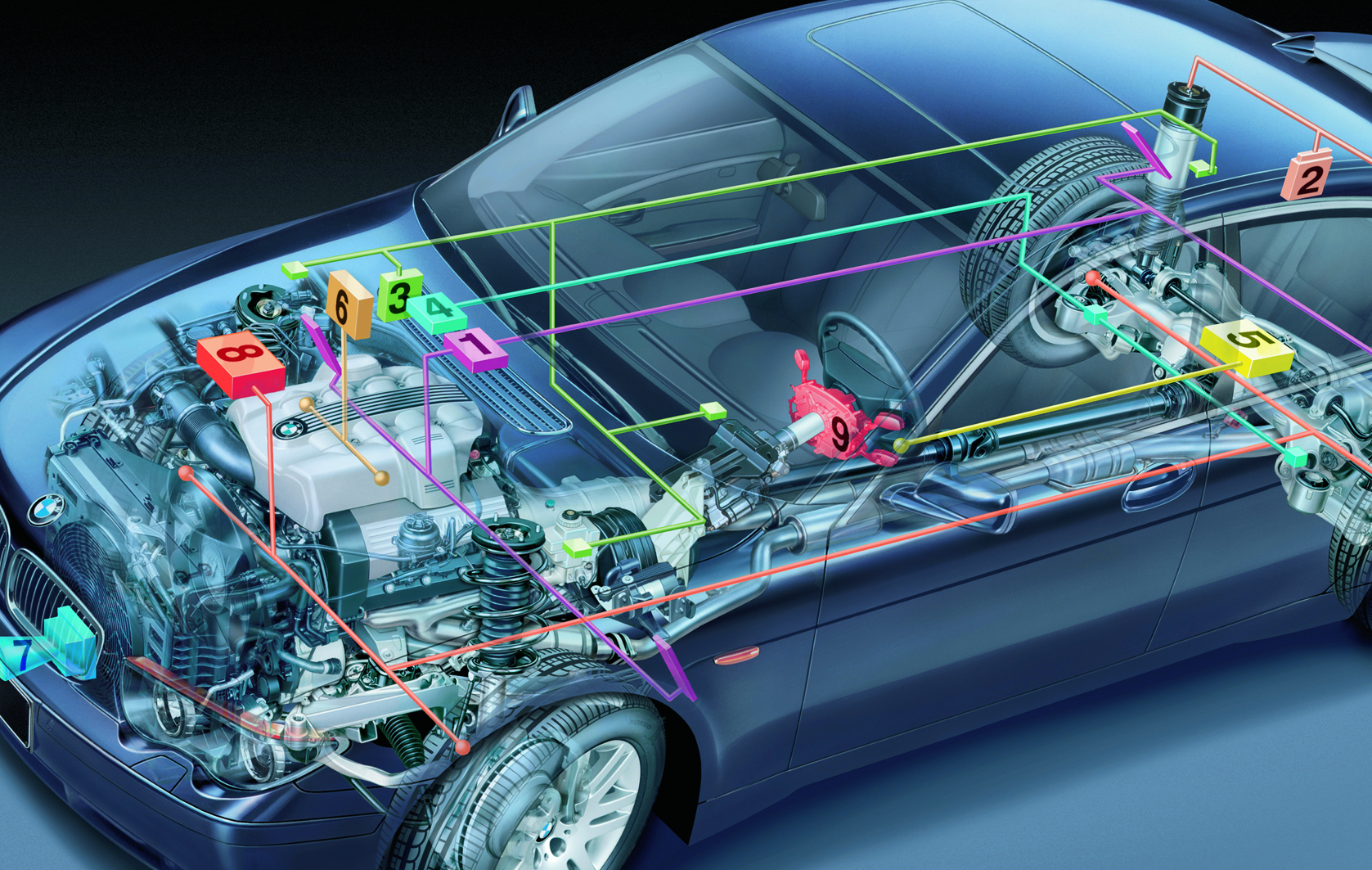As a part of the Goods and Services Tax (GST) regime, you will need to get a GST calculator in India to determine the tax amount that you will have to pay on the goods and services you buy.
The GST calculator in India lets you find out the price of a product or service after GST imposition. GST is an indirect tax that was brought into effect on July 1, 2017. It is a multi-stage tax levied at the value-added addition of goods and services. The GST tax system incorporates a variety of indirect taxes that were a part of the previous tax system. The Goods and Services Tax is a single, unified tax for the entire country, following the principle of ‘One Nation, One Tax.’
You are liable to pay GST once you acquire a product or service. There exist five GST rates for various categories of products and services.
How do you determine the Goods and Services Tax?
To find out how much you have to pay, you need to enter the value of the goods or service into the GST software and the GST slabs that apply to your products or services – 5%, 12%, 18%, or 28%. The GST calculator will show you the product’s price without GST based on the details you submit.
Add GST
GST Amount = (GST x Original cost of the product or service) / 100
Net Price = Original value of the product or service + GST amount
Subtract GST
GST Amount = Original cost of the product or service – [Original cost of the product or service x {100 / (100 + GST%)}]
Net Price = Original value of the product or service – GST amount
What is the impact of GST on Product Pricing?
As you know, five GST rates range from 0% to 28%. The five GST tax rates are 0%, 5%, 12%, 18% and 28%. These GST tax rates do not apply to Essential products and services. However, you will find that luxury items and services are taxed on the higher end.
The finance minister stated that the new tax rates would be similar to the old GST tax rates. However, you can expect slightly noticeable differences because of the changes in the Indian economy. For instance, some products and services that were previously in the 28% tax bracket were moved to the 18% bracket. In simple terms, some products and services that were previously considered luxury items and services are now essentials. This is how the GST tax rates are revised.
The five GST Tax Rates
The five GST tax rates or slabs were introduced to emphasize that not all goods can be taxed the same way. Some goods and services are more important than many others. In other words, there are essential goods and services, while others are luxury items and services. The following shows you the three types of GST:
- The Central Goods and Service Tax (CGST) is a tax that the central government levies on the supply of goods and services within the state
- State Goods and Service Tax (SGST) is a tax that the state government levies on the supply of goods and services within the state.
- Integrated Goods and Service Tax (IGST) is a tax that the central government levies on the supply of goods and services between states.
Here’s the gist of the five different GST tax rates:
0% GST Slab
The 0% GST slab applies to essential products and services that people tend to use frequently. Examples of commodities in this tax bracket include oil, magazines, potatoes, milk, fresh fruits and vegetables, and forth.
5% GST Slab
The 5% GST slab applies to products and services commonly used. Examples of these include processed foods, and revenue stamps, organic medicines, postcards, tea, and so on.
12% GST Slab
The 12% GST slab applies to products and services like trays, raincoats, cheese, butter, kitchen utensils, clarified butter, sewing machines, and so on.
18% GST Slab
Most commodities that are part of this tax bracket are already mentioned. Aside from those, you can find refrigerators, powdered chocolate, and many more in this category.
28% GST Slab
The 28% GST slab applies to include car parts, tobacco, motor vehicles, concrete, and so forth.




